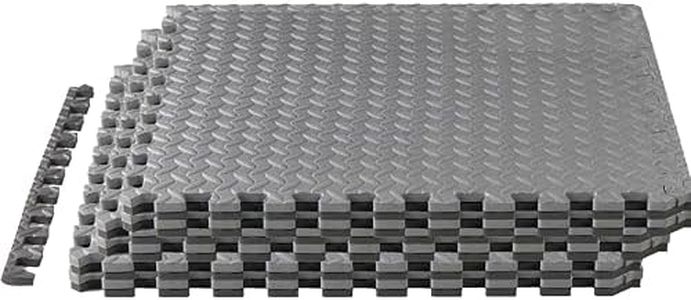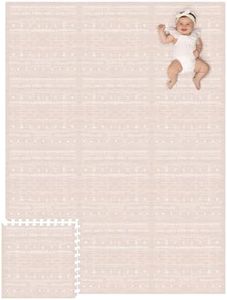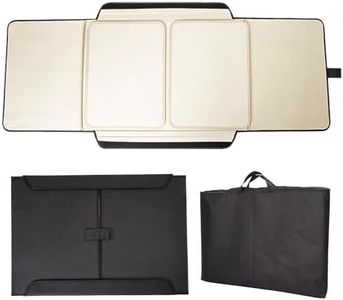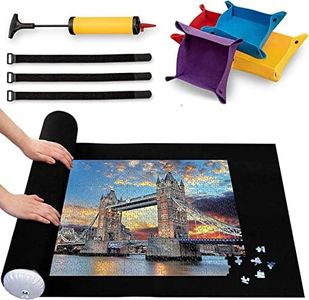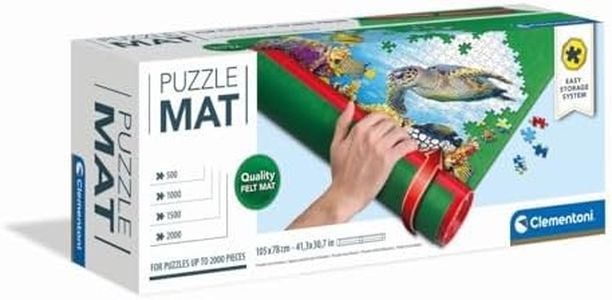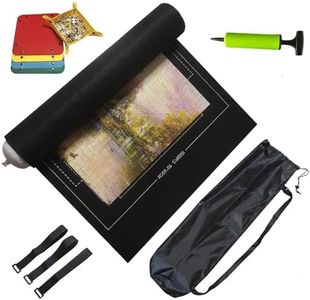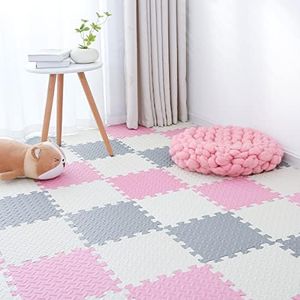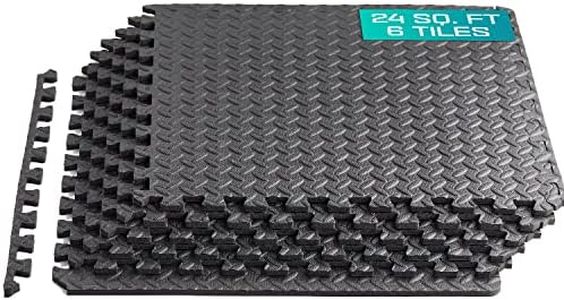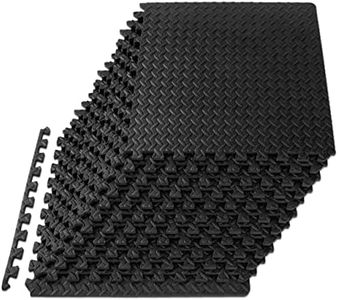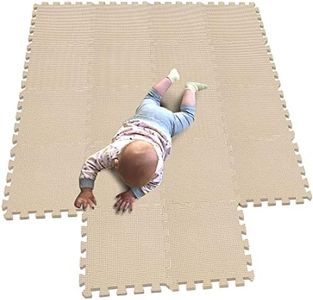We Use CookiesWe use cookies to enhance the security, performance,
functionality and for analytical and promotional activities. By continuing to browse this site you
are agreeing to our privacy policy
10 Best Puzzle Mats
From leading brands and best sellers available on the web.By clicking on a link to a third party's website, log data is shared with that third party.
Buying Guide for the Best Puzzle Mats
Choosing the right puzzle mat can make your puzzle-solving experience much more enjoyable and convenient. Puzzle mats are designed to provide a stable work surface, protect your puzzle pieces, and let you store or transport your puzzle in progress. Since everyone has different space, storage, and usage needs, it’s important to consider several features before making your selection.MaterialThe material of the puzzle mat determines its durability, how it feels to touch, and how well it holds the puzzle pieces in place. Common materials include felt, rubber, and neoprene. Felt is soft and lightweight, offering good grip for puzzle pieces, while rubber and neoprene tend to be thicker and provide a more cushioned surface. If you want a mat that travels well and is easy to store, felt is usually lighter; if you prefer a mat that stays flat without wrinkles, consider neoprene or rubber.
SizeThe size of the puzzle mat should match the size of the puzzles you typically work on. Mats come in various dimensions, often labeled by the maximum number of pieces they can accommodate. Smaller mats work well for 500-piece puzzles or less, while larger mats can hold 1000 pieces or more. Think about the most common puzzle size you build, and allow for a little extra space to ensure all pieces have room to spread out.
Portability and StorageOne of the biggest benefits of puzzle mats is the ability to roll up your puzzle and store it away. Some mats come with sturdy tubes, straps, or bags for easy storage and carrying. Check if the mat allows you to roll without shifting pieces and whether the storage solution fits your available space. If you plan to move your puzzle often, look for mats that emphasize secure rolling and portability.
Ease of UseHow easy it is to set up and pack away your puzzle matters, especially if you work in shared spaces. Mats that lay flat quickly and resist wrinkling or curling are ideal. Some mats can attract lint or get slippery; choosing a mat that remains stable on your table and keeps pieces in place will save you frustration. Consider how the mat feels and handles based on reviews or user feedback if possible.
Cleaning and MaintenancePuzzle mats can gather dust, crumbs, or pet hair, so it’s important to think about how easy they are to clean. Felt may need gentle brushing, while neoprene and rubber can often be wiped clean with a damp cloth. If you have allergies, pets, or small children, consider a mat that’s easy to keep tidy and allergen-free.
